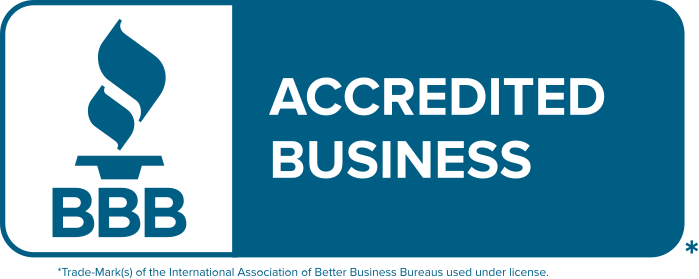4 Questions to Ask Your Siding Contractor Before You Hire Them
 Most homeowners are familiar with the typical questions to ask a contractor they’re considering. How long has your company been in business? Can you provide references? Do you have proof of insurance? But how can you be sure your siding contractor really knows what they’re doing?
Most homeowners are familiar with the typical questions to ask a contractor they’re considering. How long has your company been in business? Can you provide references? Do you have proof of insurance? But how can you be sure your siding contractor really knows what they’re doing?
Check out these four siding-specific questions to ask your siding contractor before you hire them:
1. Does Your Siding Contractor Use Undersill Trim?
Undersill trim – also called utility trim, sill trim, or utility j-channel – is used under windows at the top where your siding meets your soffit. It helps secure siding to prevent it from waving and buckling, a more common problem at intersections and joints. Unfortunately, not all siding contractors use it – which is why you need to ask before hiring them.
At first you won’t notice much of a difference whether it’s there or not. Over time, however, you’ll begin to see more rippling and imperfections appearing in your siding.
2. How Does Your Siding Contractor Miter J-Channels Around Your Windows?
J-channel is the accessory installed around edges like windows and doors, which helps keep water away by properly directing its flow. Most contractors like to use a 45-degree miter-cut at each corner, though some prefer square edges where one piece of j-channel essentially folds over the other. If you ask your siding contractor how they’ll miter the j-channels and they evade the question or give you a vague answer, that’s a bad sign.
3. How Tightly Will Your Contractor Nail Your Siding?
The most important takeaway here is that siding is not supposed to be nailed too tightly to the sheathing beneath. If it’s too snug, it will buckle in extreme temperatures. The ideal gap is just less than one centimetre – about 80mm. Hanging it with a void of approximately that size will let it breathe naturally, preventing it from warping.
4. Does Your Siding Contractor Use Pre-Made Factory Corners for Eavestroughs or Hand-Mitre Their Own?
Although pre-made factory corners for eavestroughs are easier to install, hand-mitered corners let you know that your siding contractor is a serious and skilled siding specialist.
The benefits of hand-mitered eavestrough corners include:
- Seamless Design: Factory corners generally have three seams, whereas hand-mitered have one. Hand-mitered corners are designed specifically to fit your eavestroughs.
- Even Oxidization: Given how they’re put together, pre-made factory corners have a tendency to oxidize inconsistently and become unevenly discoloured. Hand-mitered corners, by contrast, will oxidize evenly over time – boosting their aesthetic appeal.
- Less Leakage: Pre-made factory corners are more prone to leaking than their hand-mitered counterparts.
When it comes to finding a siding contractor to work on your eavestroughs, you need to find one who makes corners to guarantee the best results.
Remember, not all siding contractors are created alike. You need to find an experienced, knowledgeable siding contractor and crew to repair or replace your home’s siding – keeping it in tip-top shape for a long time.
At Quality Exteriors, we chose our name for a reason. We’re committed to providing reliable workmanship using high quality materials to guarantee customers satisfaction. Contact us today to schedule your in-home consultation!
Like this? You might also like:
- 5 Tips for Choosing a Reputable Siding Contractor
- Checklist of Questions to Ask when Choosing a Home Contractor
- Do You Know Your Rights when Signing with a Contractor in Ontario? [Video]
- When to Request an Estimate for Exterior Work - February 26, 2020
- Merry Christmas from Quality Exteriors - December 18, 2019
- Quality Exteriors Listed In Top 3 Window Companies In St. Catharines - December 5, 2019






